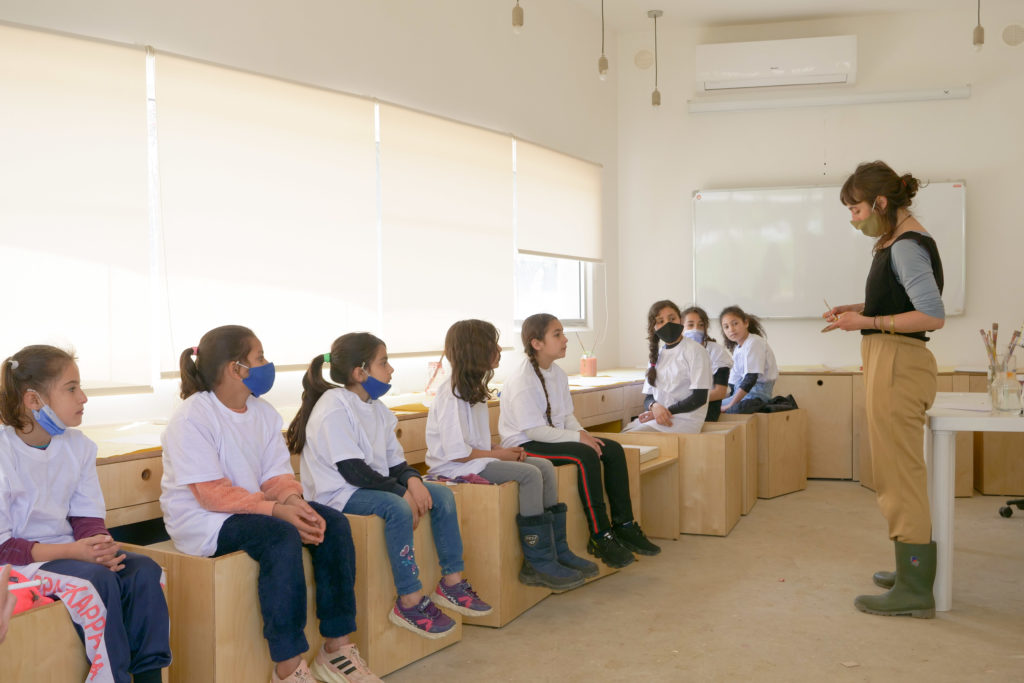Ethical protocols and processes should be established. Informed consent and assent should be obtained from both caregivers and children, by presenting the aims of the intervention and what is expected of the children, using age-appropriate means. As in many contexts, children are not legally able to give true informed consent until age
18, instead they are asked for their assent. Gaining children’s assent, where they agree to participate, is an important process. Relevant and voluntary child participation, as well as transparency, honesty, and accountability are paramount. Establishing an ongoing assent process with children creates a safe space for them to participate.

A simple way to achieve this is for children to practice the sentence: ‘No! I don’t feel comfortable with…’ at the beginning of each session, and to encourage them to use it whenever they do not want to participate or discuss a specific topic. Young children want to please adults or are accustomed to domestic and educational contexts where they have to obey, and thus they may do what they are asked even if they do not want to. Therefore, getting them used to saying ‘no’ when they do not want to do something is very important.
Another effective and inclusive way of gaining ongoing assent is through the use of gestures or artifacts. For example, children may be asked to make a ‘thumbs up’ sign whenever they would like to take part in a stage of the intervention, or a ‘thumbs down’ sign whenever they would not. This encourages children who might not be comfortable speaking up to express their ongoing assent. It is important that facilitators remain sensitive to children’s non-verbal communication and use their own judgement. Children might not explicitly voice dissent, but might express it through facial expressions, lack of attention, and gaze. Children should also be reminded that they can withdraw at any point if they wish so.
